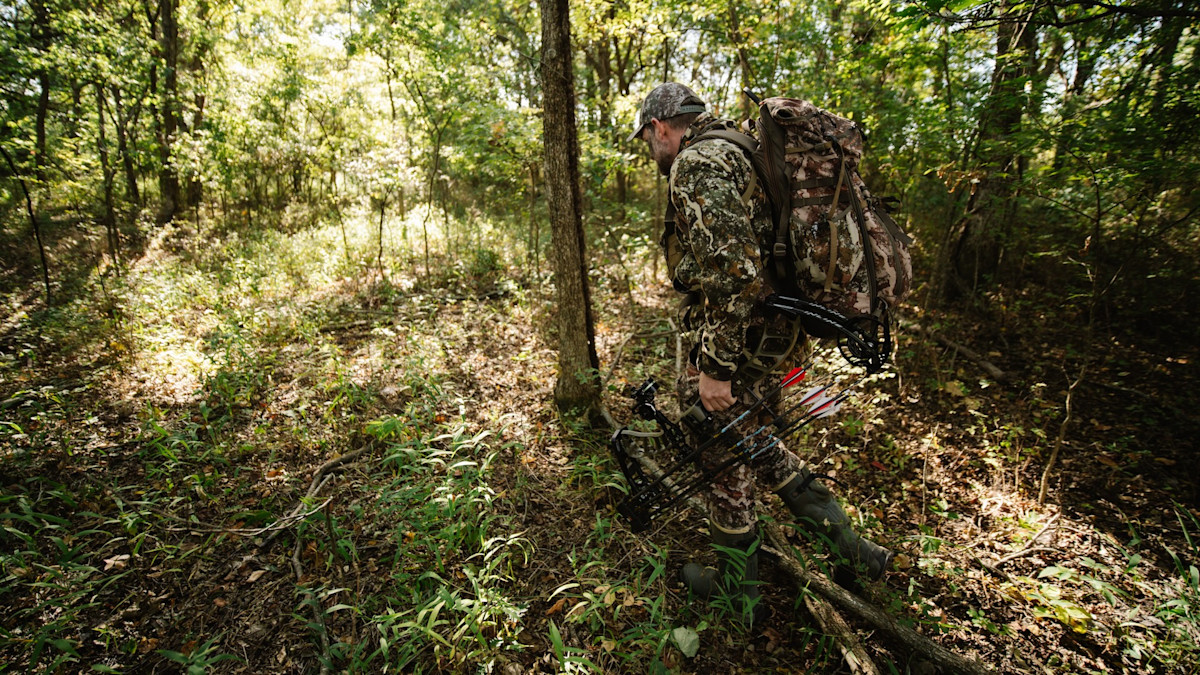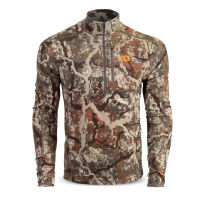
This title might seem a little misleading. It probably ruffles a few feathers, but hear me out. There’s a whole market of deodorants, detergents, and, yes, even mouth spray that promises to fool a big buck’s nose.
I’m not saying they don’t work in some capacity or that, if compounded, they might not reduce or your scent. Nor am I suggesting that you should disregard a deer’s nose. It’d be foolish to do so. However, most hunters have limited time, effort, and money to dedicate to deer hunting. Rather than stressing (and spending) over scent control, most of us are better off sharpening our deer hunting skills and skipping the scent control regimen.
Avoid Scams
Again, I’m not saying none of the scent control products out there don’t work (at least partially). Science does support some products, like Ozonics, which uses ozone to oxidize scent molecules, rendering them (almost?) undetectable, but it’s still no guarantee. I know hunters who use and swear by these products, so I’m not ruling them out. However, some of those products’ prices rival that of a decent rifle scope, so the skepticism surrounding them is understandable. If you have the margin to try one out, go for it. I guess folks have spent a lot more than that to kill big bucks.
Avoid products that claim to fool a mature buck’s nose. Here’s a secret: No one has cracked that code yet. Companies that claim to do so are selling snake oil. These gimmicks promise something they most certainly can’t deliver. Once at a hunting camp, one of the members mentioned buying a certain camo system (that I won’t mention) and that he wouldn’t have to worry about wind direction once he did. I’m sure he could’ve bought anything else and it would have been a better investment in his hunting.
Stick to the Basics
I know some hunters go to the extreme when it comes to scent control. They keep their clothes in air-tight containers, wash them in special detergent, and only dress when they park at their hunting location. Some even bathe in special soap. These hunters also kill, some with consistency, big bucks. I can’t argue with those results. However, there are also big buck killers on the opposite end of the scent control spectrum who do the bare minimum—they wear rubber hunting boots and play the wind.
I think meticulous scent control routines might have a place in certain hunting situations on private land. On large, highly pressured public land where small gamers, foragers, hikers, and hunters share the ground, just stick to the basics. This doesn’t give you permission to tromp through a bedding area or muddy up the deer trail with scent, but I wouldn’t fret over the cup of coffee you drank that morning before gassing up the truck.
Play the Wind
This should go without saying, but you have to play and understand the wind if you want to kill any deer, let alone a mature buck. Hunting with the wind in your face is a great way to avoid getting busted, and I’ve killed a ton of deer this way. Because bucks, especially big ones, typically travel with the wind in their favor, this might not give you the best shot at tagging a mature buck.
Of course, that’s not to say bucks never travel with the wind at their back, but it’s not exactly their preferred method. In these instances where you might hunt an area with a quartering wind or one that gives the buck a scent advantage, you might benefit from a more rigid scent control routine. However, the majority of hunters probably aren’t taking this approach. When in doubt, play the wind.
Dial in Your Access
One reason hunters want to believe in scent control products is that it’s easier to buy something than to put in the work. Take access, for instance. A lot of hunters will take the shorter route, even if it means blowing their scent into a bedding area, instead of making a half-mile loop or traversing a steep hillside. Sure, it takes work and a knowledge of how deer use a certain area, but you don’t have to pay for it, not in cash anyway.
Instead of looking for a product to cure your deer hunting woes, consider how you might be the common denominator of your problems. Do you bust deer every time you walk into one of your spots? Do you have to cross one of the main trails? Instead of taking the quick way, see if there’s an alternate route to your stand that might give you more stealth, even if it requires a trek.
You’ll Never Fool a Deer’s Nose
If you’ve ever wondered why deer have an uncanny sense of smell, it’s because they have anywhere from 10-50 million olfactory receptors at their disposal. For comparison, humans have about 400. Just memorize those numbers for the next time you see a product that makes “scent-free” claims. Play the wind and don’t get lazy. Remember, you might stink to the deer, but you don’t have to stink at deer hunting.







Conversation